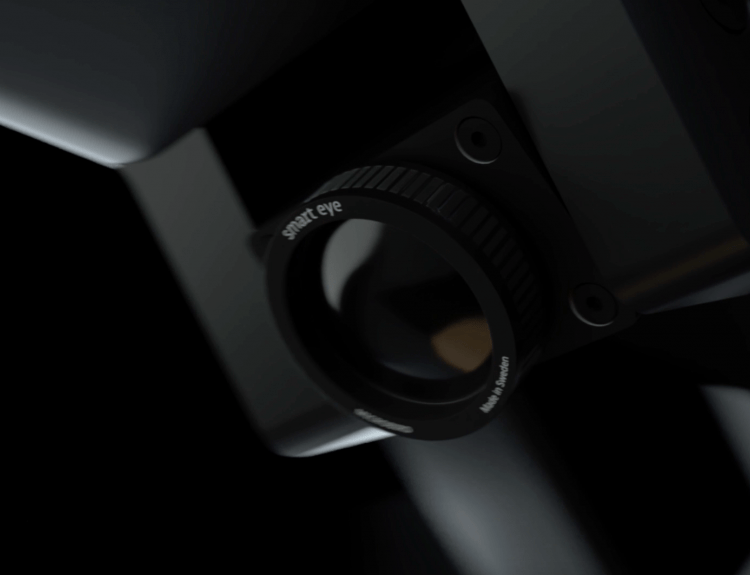EN


If you’re a truck or bus driver, every work shift requires you to take on some pretty heavy responsibilities. While road conditions, weather and equipment all play their part, road safety ultimately comes down to the driver. At the end of the day, they are the ones responsible for the safety of some very valuable cargo, whether passengers or material goods, often for hours on end. In fact, there aren’t many professions where a single mistake has the potential to cause the same kinds of serious, irrevocable consequences.
As Damage Preventor at Sweden’s largest insurance company group, Christer Johansson’s professional life centers around trying to prevent traffic accidents. He has spent the last 13 years working with automotive customers at Dalarnas Försäkringsbolag, part of the Länsförsäkringar group, but his devotion to road safety goes much further back. Since the mid-90’s, he’s been involved in the training of heavy-duty vehicle drivers – raising awareness of the part the driver plays in preventing road accidents.
In light of the launch of the AIS – Smart Eye’s new driver monitoring system for commercial vehicles and the aftermarket – Christer Johansson offered us his view on what the AIS could mean for road safety, insurance premiums and sustainability.
“If you look back at the statistics, you can tell something started to change around 2005 or 2006. The number of accidents, and especially accidents on straight roads, started to increase. I think the main reason for this has to do with the use of smartphones.
By 2010, every other person suddenly owned a smartphone, and the number of road accidents have increased ever since. And even though Sweden’s had a law that prohibits the use of handheld phones while driving since 2018, we keep seeing more and more drivers with their phones in their hands. So, I think smartphones could still be one of the greatest road safety risks.”
“I think this could be the most important driving aid we’ve seen so far. As long as we keep our eyes on the road when driving, we will be much better drivers. And if this system can alert a driver who is looking at their phone and bring their attention back to the road ahead, it can prevent many accidents.”
“First and foremost, my main motivation is to reduce human suffering. That being said, we also want to reduce the damage costs that come with an accident. If we can’t bring down these costs, we’re forced to raise the insurance fee – which might cause us to lose customers. So, when our automotive customers install driver monitoring systems in their vehicles, it should be reflected in their insurance fee.”
“As long as there are cost-efficient systems available, we hope to work with our customers to implement driver monitoring systems and, in turn, prevent unnecessary accidents.
But I think it’s important to note that this also becomes a question of sustainability. Sustainability is an incredibly important issue that we always need to consider, and the damage caused by road accidents is very harmful to the environment. So, apart from reducing injuries and costs, driver monitoring systems become a natural part of our work with sustainability.”
